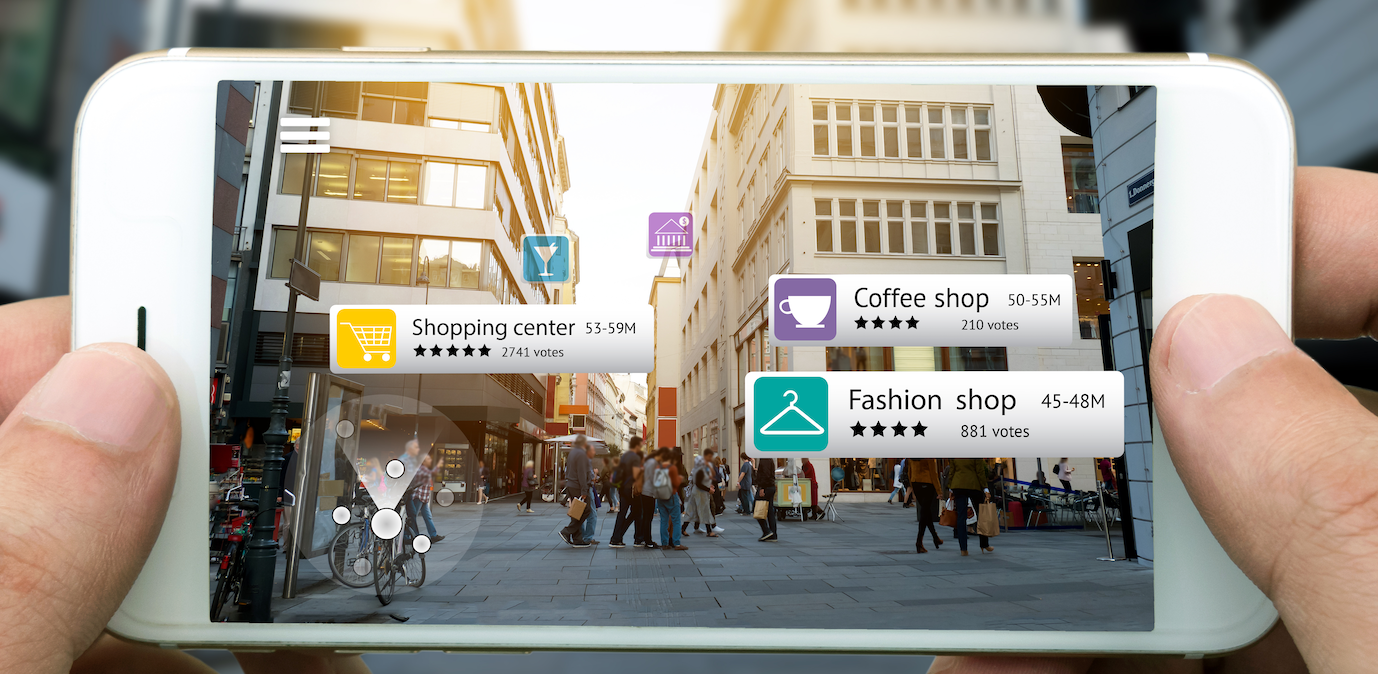The Internet of Things (IoT) was already expected to change the way we live and work long before COVID-19 began spreading around the globe in late 2019. After a year in which human to human contact has been necessarily constrained, contact between all manner of devices has become more important than ever. A growing amount of economic activity is taking place remotely, and whilst some of this may shift back to an “offline” mode once the pandemic recedes, the move towards a greater dependence on internet connected devices long predates the pandemic, and so will almost certainly outlast it.
Cybersecurity of consumer smart devices takes centre stage post-pandemic
Written by Inline Policy on 03 Jun 2021
The intertwined futures of 5G and Augmented Reality
Written by Inline Policy on 08 May 2019
While there has been no shortage of political attention paid to the development of 5G mobile networks, a significant proportion of the UK public remain unconvinced of the benefits. Could Augmented Reality (AR) be the 'killer app' to drive 5G adoption?
Wearable technology: market growth, rapid innovation and developing policy
Written by Inline Policy on 11 Jul 2014
Clothes which measure your heart rate and locate you via GPS while you run. Smart watches that can be used as an extension of your smartphone. The ability to access the internet with your glasses. These are just a few examples of the most recent wearable technology devices.
But is there enough demand for these innovative products? According to the International Data Corporation (IDC), estimated global sales will exceed 19 million units in 2014, more than triple last year’s sales. In 2018, sales are predicted to increase up to 111.9 million units.
 Insights from Inline Policy listing page
Insights from Inline Policy listing page






